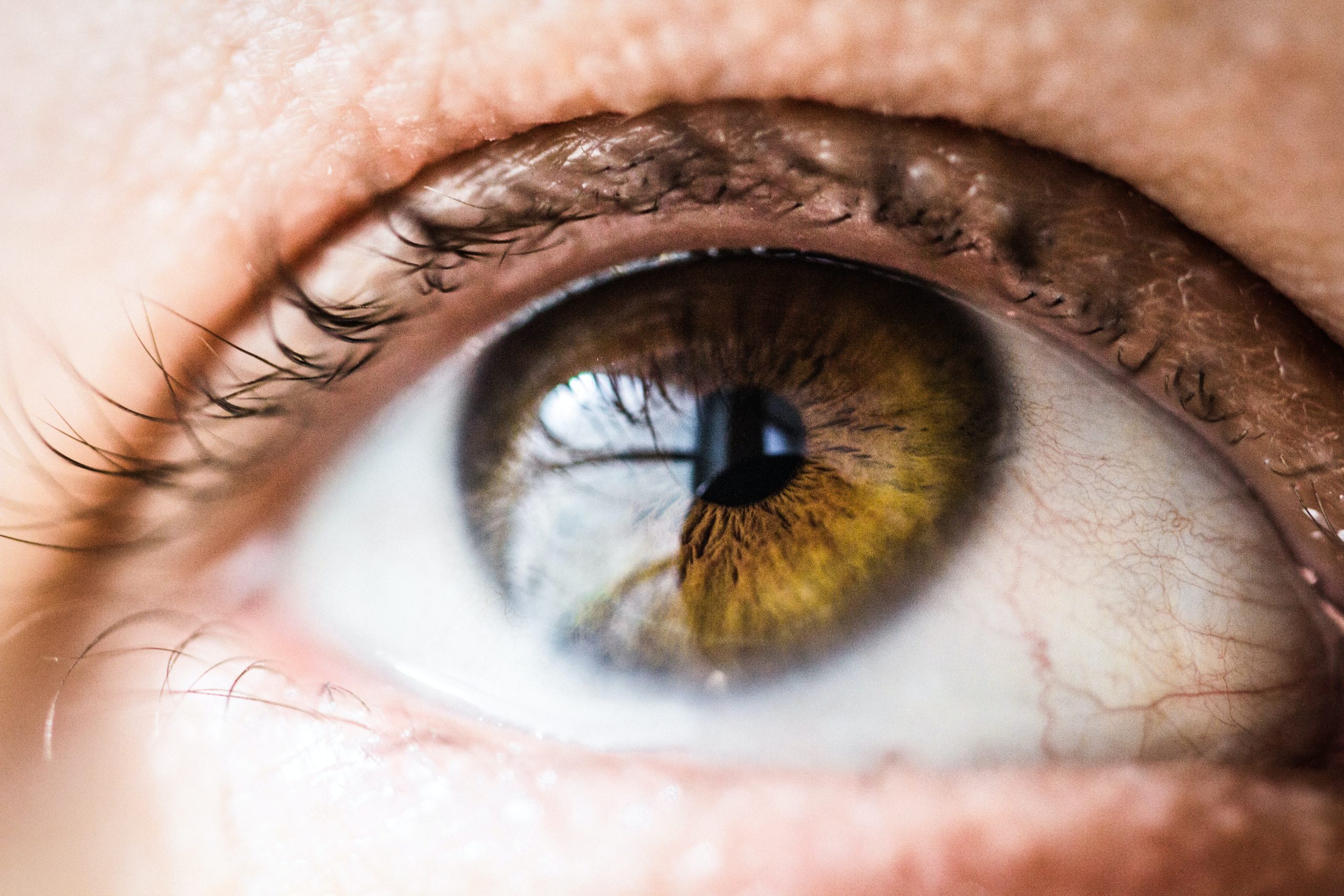Fuchs’ dystrophy is a degenerative eye disease that many adults may experience as they get older. Though many have not heard of it, Fuchs dystrophy is actually a fairly common disease. About 18 million American’s have been diagnosed with Fuchs corneal dystrophy, and there are many more individuals who have it, but are yet undiagnosed.
There is currently only one definitive treatment for the disease, if and when it is causing significant vision loss: corneal transplantation. DMEK surgery, which we can provide here at Hill Vision Services, is the most refined and technologically advanced technique for corneal transplantation used in treating Fuchs dystrophy. You can learn more about the nature of this disease and how DMEK surgery works on our website by following the link above.
What Is Fuchs’ Dystrophy?
Fuchs’ dystrophy is a kind of eye disease that involves the degeneration of the cornea’s innermost layer. Known as the endothelium, the layer affected by Fuchs’ dystrophy is responsible for keeping the cornea clear by pumping out enough fluid to maintain good vision. However, in cases of Fuchs, as the endothelial cells deteriorate, the cornea can accumulate too much fluid, which often causes swelling and clouding of the cornea. This causes problems of worsening vision and glare.
The disease normally affects both eyes simultaneously and, as corneal swelling and clouding occur, causes vision to decline over time. As swelling develops, blisters called epithelial bullae may form on the surface of the cornea, which can cause irritation and discomfort, as well.
Symptoms of Fuchs’ Dystrophy
Fuchs corneal dystrophy is a genetic disorder, which means it is something certain individuals are born with – something programmed into one’s genetic makeup. By definition, a dystrophy is a disease that starts out normal at the beginning of life and gradually deteriorates over a lifetime. Patients with Fuchs, therefore, have no symptoms or abnormal findings on eye exams early in life, but then gradually develop the signs and symptoms of the disease as they age. Some of the symptoms someone with Fuchs’ dystrophy may experience include:
- Blurred or foggy vision
- Poor vision upon awakening from sleep, with gradual vision improvement throughout the day
- The sensation of a foreign object in the eye
- Pain in the eyes
- Light sensitivity and glare
If you experience one or more of these symptoms and they don’t improve, contact Hill Vision Services to schedule an appointment. One of our knowledgeable eye doctors can help determine if you’re suffering from Fuchs’ dystrophy or another condition.
How to Treat Fuchs’ Dystrophy
Unfortunately, there is currently no known way to prevent the development of Fuchs’ dystrophy, but there is an effective procedure used to help cure this disease. The type of treatment used for Fuchs’ dystrophy will depend on how much the disease has progressed.
What Is DMEK and How Does It Work?
Descemet’s membrane endothelial keratoplasty (DMEK) is a kind of procedure that specifically replaces the corneal endothelium. DMEK is the most recently developed and also the most difficult corneal transplant procedure for an eye surgeon to perform—which is why you should be sure that you are choosing the right eye surgeon to perform your DMEK surgery. Dr. Geoffrey Hill was the first corneal surgeon regularly performing DMEK surgery in private practice in the St. Louis Area. Our doctors are experienced at diagnosing and managing problems associated with Fuchs corneal dystrophy, as well as performing DMEK surgery when necessary.
Contact Hill Vision Services for Fuchs’ Dystrophy Treatment
If you think you may need DMEK surgery for late-stage Fuchs’ dystrophy, visit Hill Vision Services in Missouri or Illinois at our eye care centers in Creve Coeur, Lake St. Louis, or Glen Carbon. Our professionals have years of experience in DMEK surgery and other transplantation techniques, along with many other eye care services! Contact us today!

